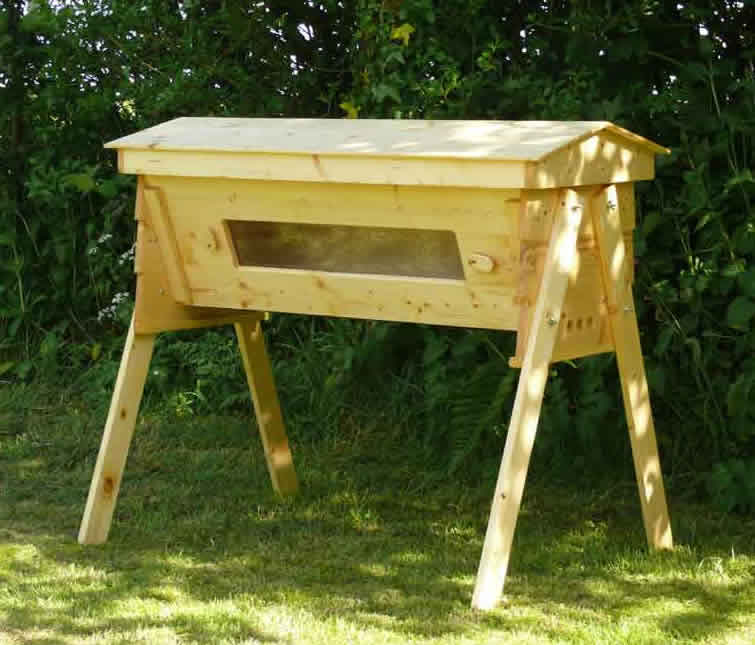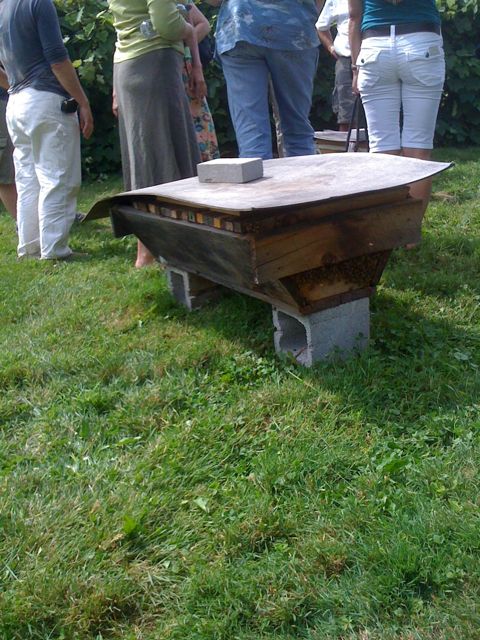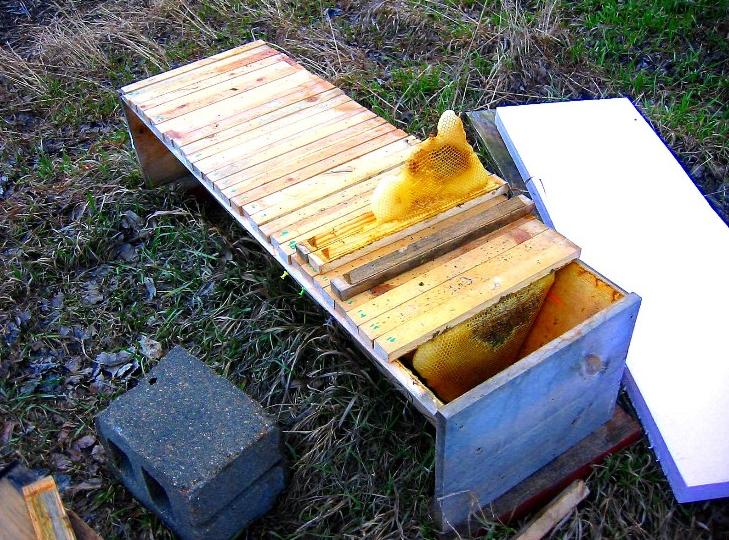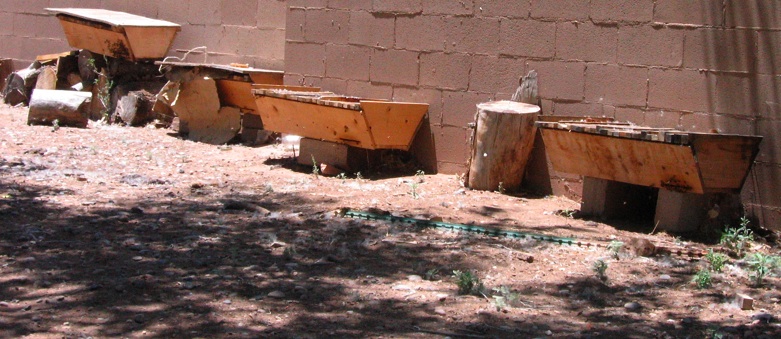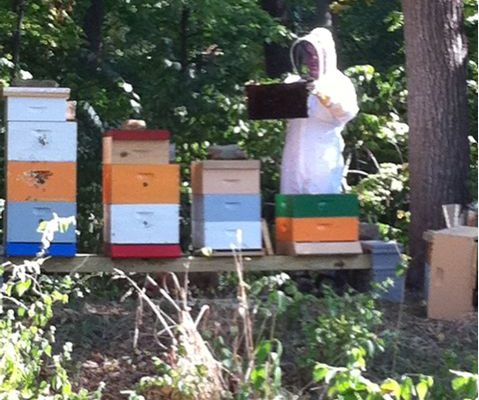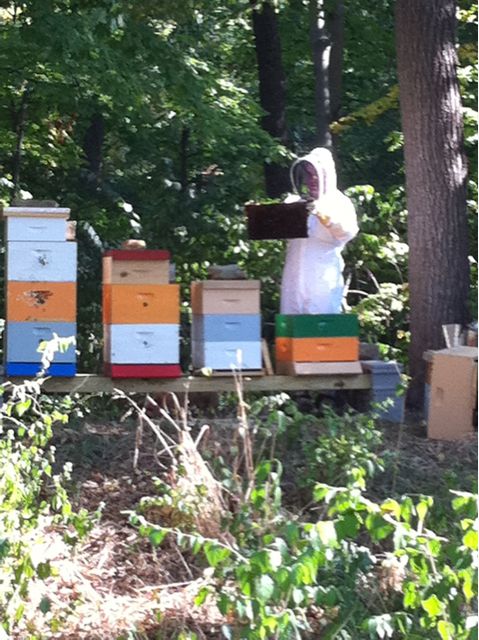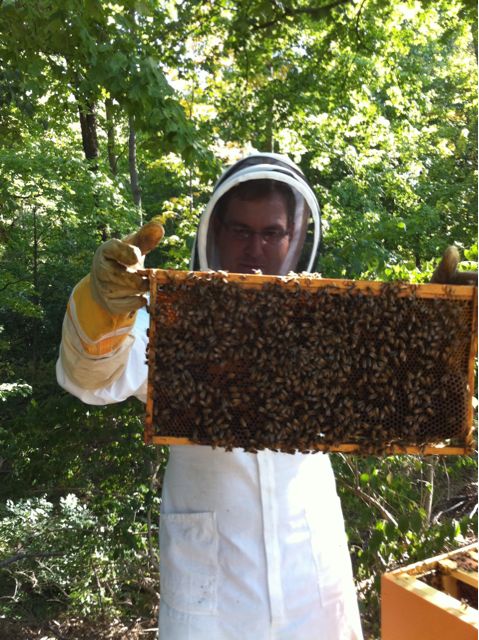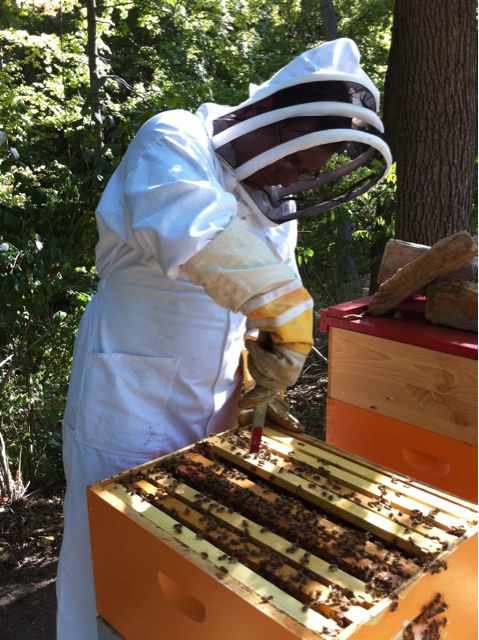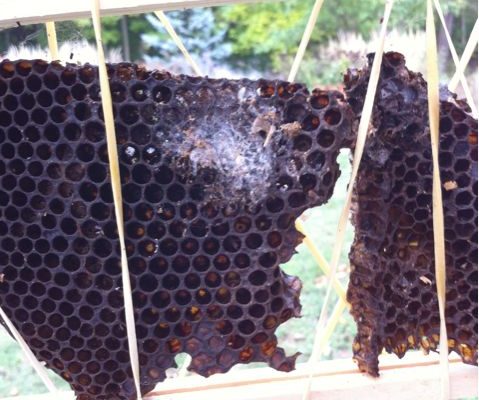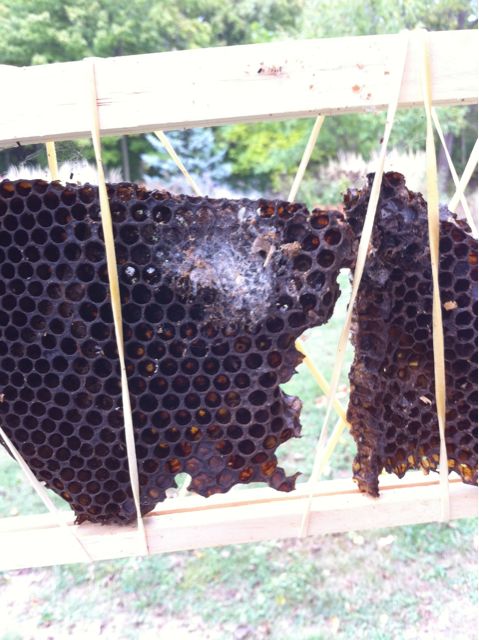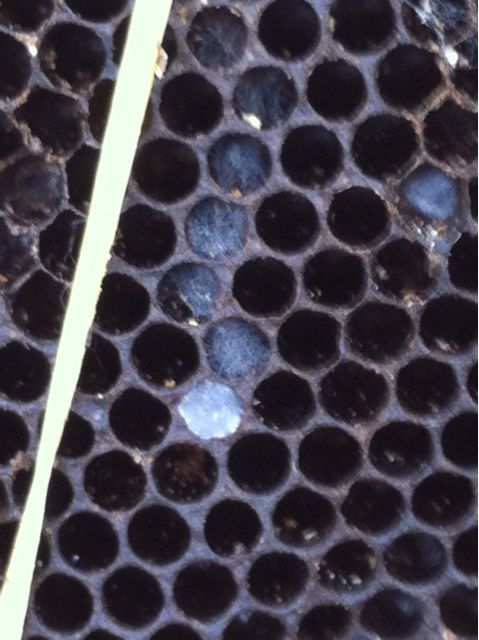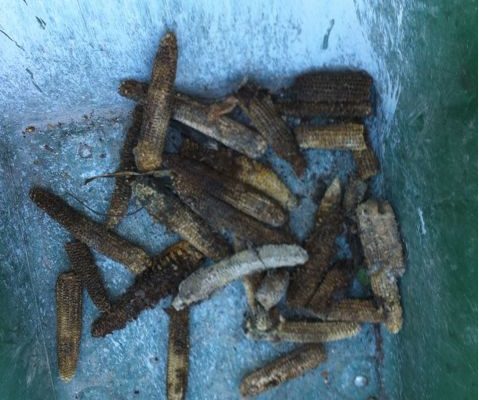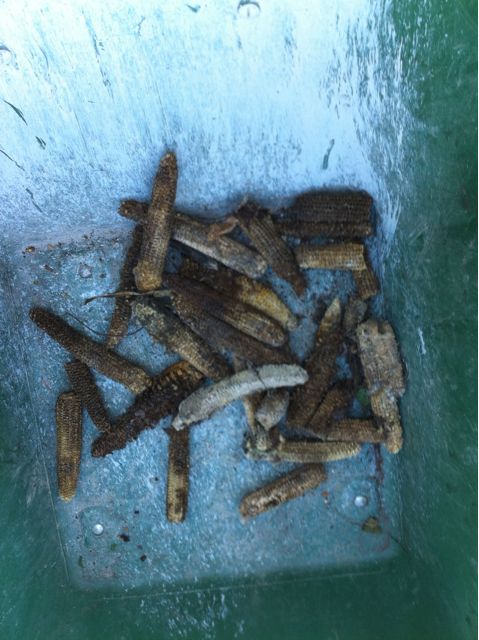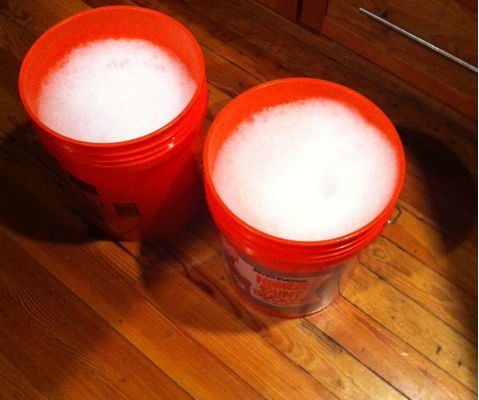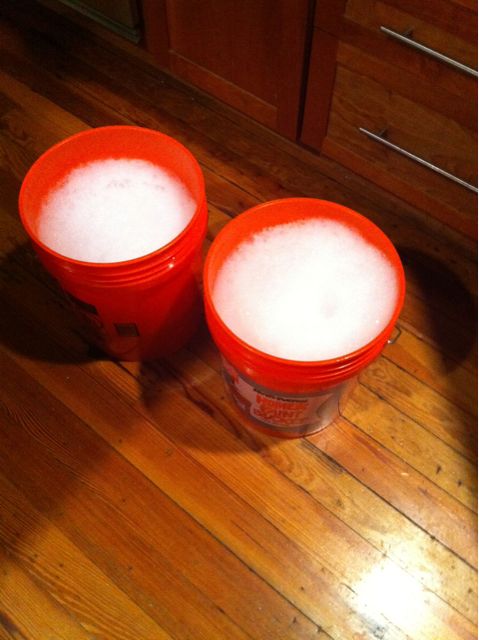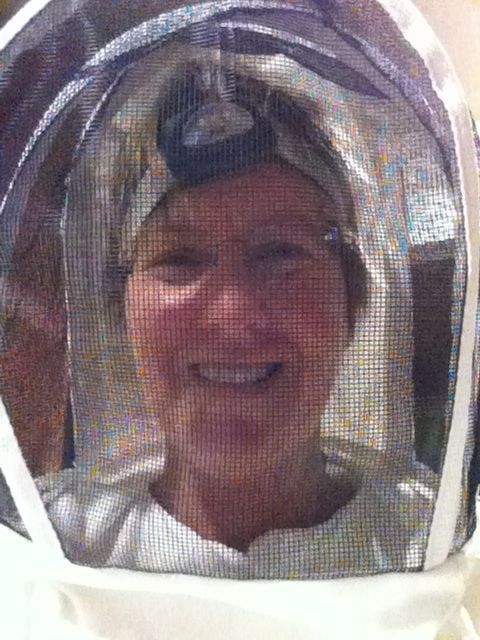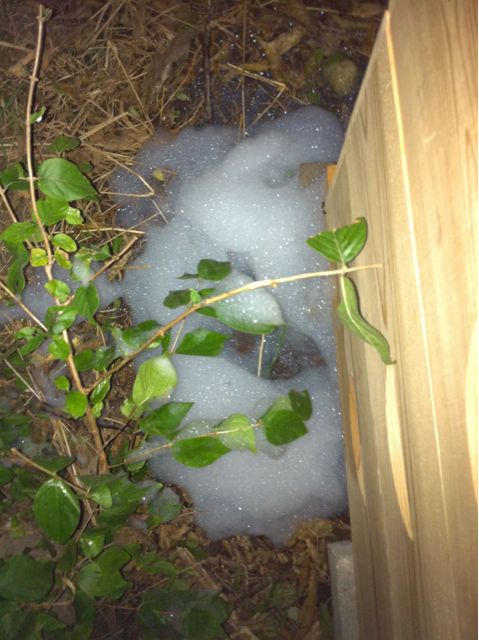I’m gonna go ahead and list my next equipment order right here, Reader. That way, I can access it from anywhere…from my phone or from a computer. And, if you’re like I am, you enjoy seeing what other people order.
8-frame, medium hive boxes (20)
8-frame bottom boards (5)
8-frame migratory covers (5)
medium frames—grooved top and bottom (150)
PF120 foundation from Mann Lake (50)
5-frame medium nucs (2)
5-frame deep nuc (1)
5-frame nuc bottom board (3)
5-frame nuc migratory covers (3)
Bee Quick (1)
Queen catcher (2)
Large smoker (1)
Golden Bee jacket—size small (1)
Well, that should cost me an arm and a leg.

